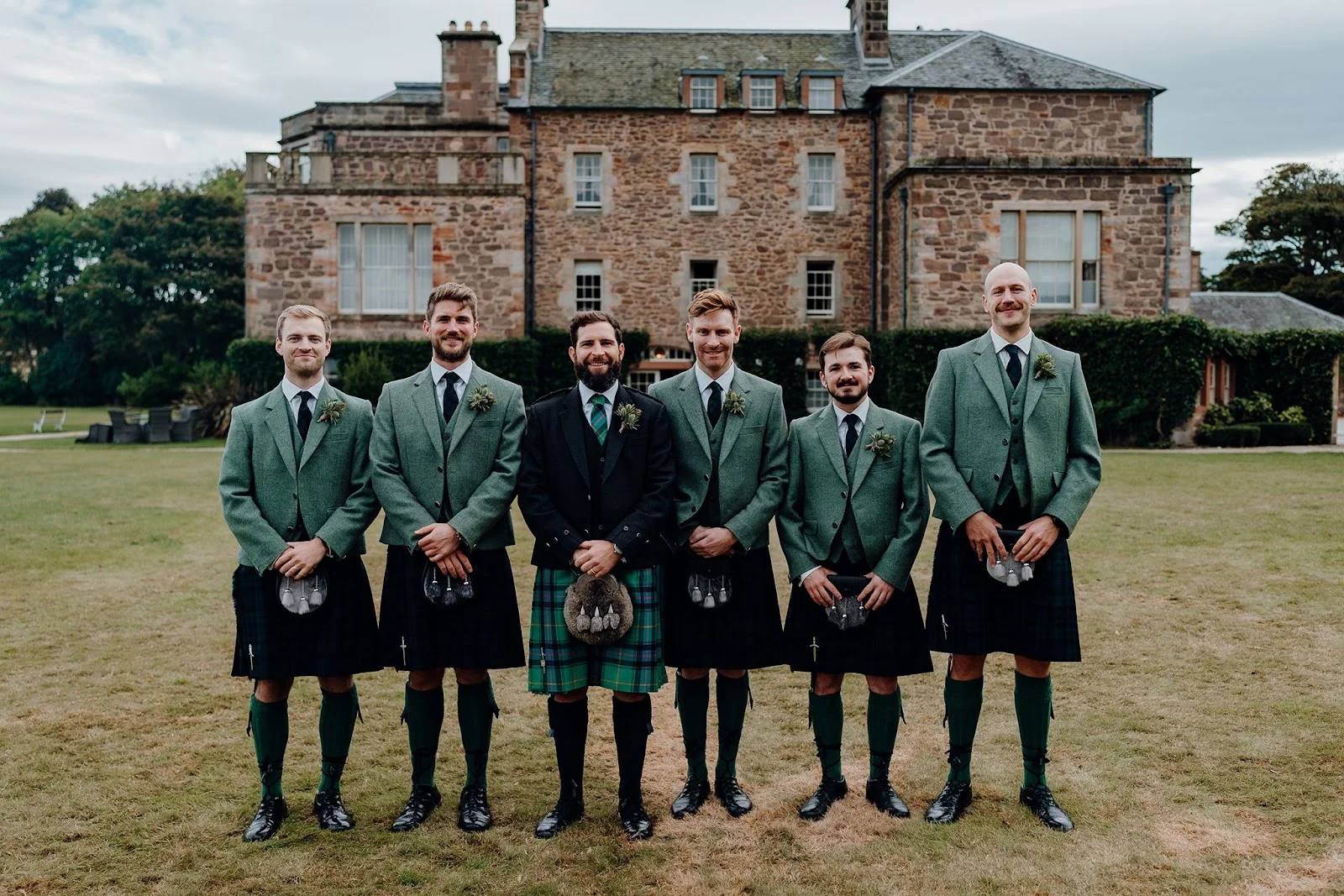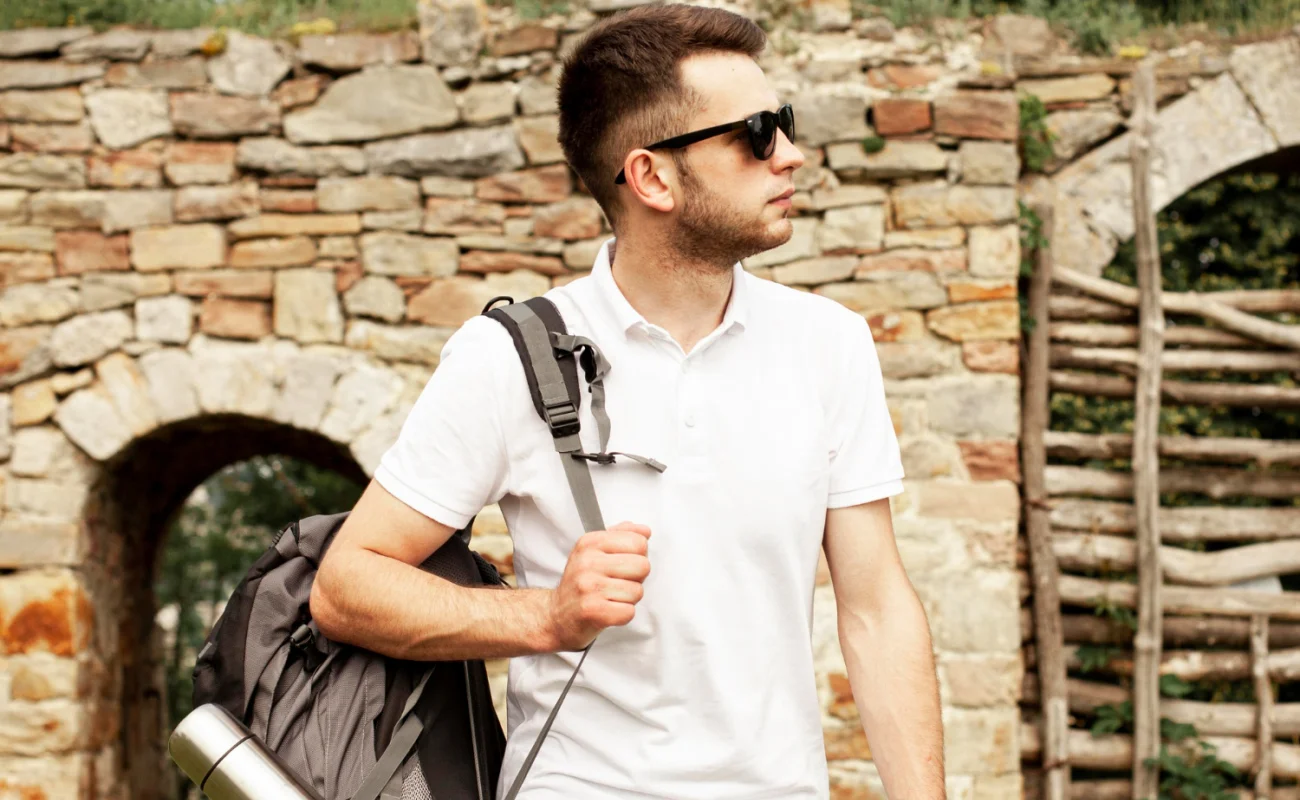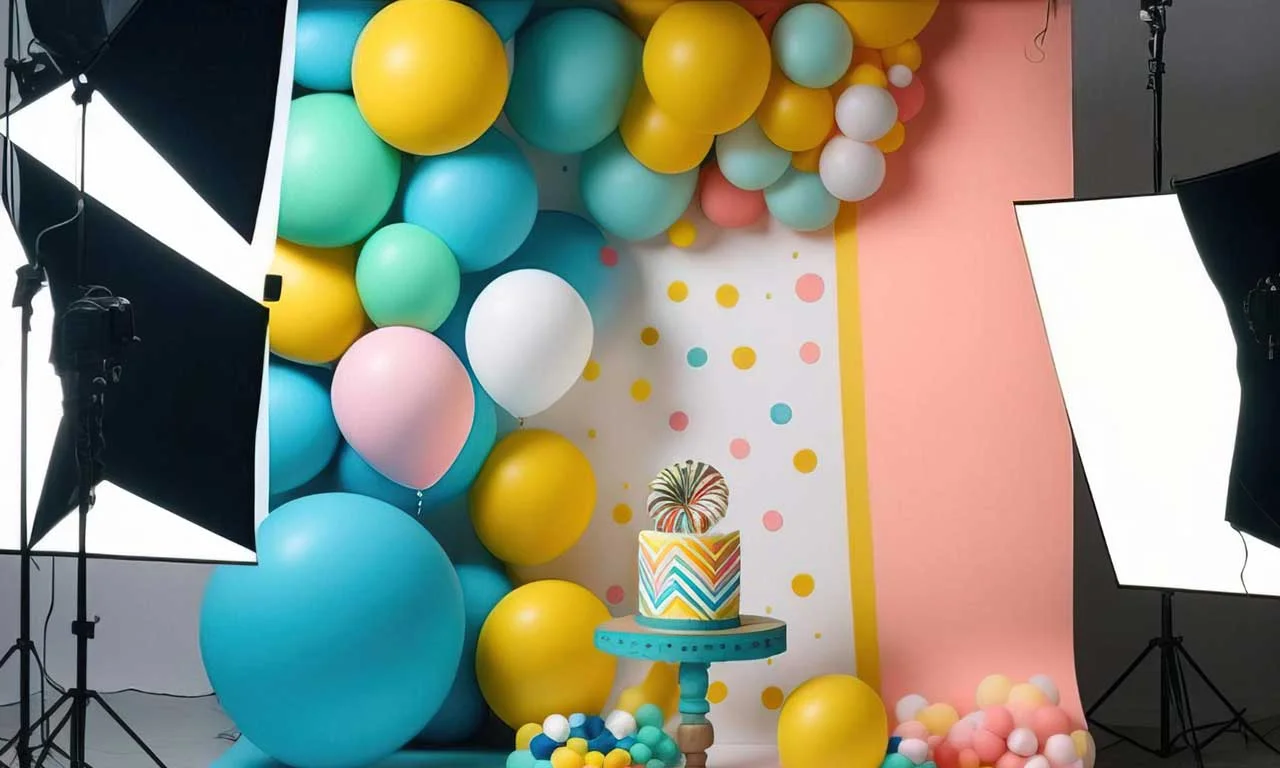Kilts are a traditional and stylish garment that has been worn for centuries, particularly in Scotland and Ireland. They are perfect for formal occasions, weddings, and even business events. However, many people may be intimidated by the idea of wearing a kilt, especially if it’s their first time. That’s where this guide comes in – we’ll provide you with all the tips and tricks you need to confidently rock a formal kilt and look your best while doing it. From choosing the right accessories to ensuring the perfect fit, we’ve got you covered. So, whether you’re attending a formal wedding or a highland games event, get ready to turn heads with your impeccable kilt style. Let’s dive in!
A formal kilt is a traditional Scottish garment that exudes elegance and charm. Crafted from high-quality tartan fabric, it embodies both heritage and sophistication. The formal kilt is meticulously tailored, featuring pleats at the back and a flat front panel. It is typically worn for special occasions such as weddings, formal events, or ceremonial gatherings. Paired with a crisp white shirt, and a jacket, and accessorized with a sporran, belt, and kilt pin, the formal kilt creates a timeless and distinguished look. It’s rich colors and intricate patterns not only reflect the wearer’s Scottish roots but also command attention and respect.
History of the kilt
The kilt is a traditional garment that originated in the Scottish Highlands in the 16th century. It was initially a long piece of fabric that was draped over the body and belted at the waist. The first kilts were made from wool and were designed to protect the wearer from the harsh climate of the Scottish Highlands. Over time, the kilt evolved into the garment we know today, with pleats at the back and a tartan pattern.
The kilt became a symbol of Scottish national identity in the 18th and 19th centuries, especially after the banning of the Highland dress by the British government in 1746. The kilt was seen as a sign of rebellion and was worn by the Scottish clans as a way to show their defiance. Today, the kilt is still worn by many Scots as a symbol of their heritage and is a popular choice for formal occasions.
Types of kilts
There are many different types of kilts, each with its own unique style and history. The most common type of kilt is the Scottish kilt, which is made from wool and features a tartan pattern. Other types of kilts include the Irish kilt, which is made from a lighter fabric and is often worn without a jacket, and the Welsh kilt, which is made from heavy wool and features a plaid pattern.
In addition to these traditional kilts, there are also modern kilts that are designed for more casual wear. These kilts are often made from denim or leather and feature a more contemporary style. No matter what type of kilt you choose, it’s essential to select the right one for the occasion.
Choosing the right kilt for a formal occasion
When selecting a kilt for a formal occasion, it’s essential to consider the dress code and the style of the event. If the event is a black tie, a traditional Scottish kilt in a dark tartan pattern is the best choice. For less formal events, a lighter tartan or a solid-color kilt may be appropriate.
It’s also important to consider the fit of the kilt. A properly fitted kilt should sit at the natural waistline and fall to the middle of the knee. The pleats should be evenly spaced and should not bunch up or sag. When trying on a kilt, it’s a good idea to bring along a pair of dress shoes to ensure that the length is correct.
Accessories to complete the look
To complete the formal kilt look, there are a few essential accessories that you’ll need. These include a sporran, which is a small pouch that is worn at the front of the kilt, a kilt pin, which is used to secure the front apron of the kilt, and a jacket or waistcoat.
The sporran is an essential accessory that not only adds to the overall look of the kilt but is also functional. It’s used to carry essentials such as a wallet, phone, and keys. When selecting a sporran, it’s important to choose one that complements the tartan pattern of the kilt. The kilt pin is another essential accessory that is used to secure the front apron of the kilt. It’s usually worn on the right-hand side and should be placed about 4 inches from the bottom of the kilt. When selecting a kilt pin, it’s important to choose one that is appropriate for the occasion and complements the overall look of the kilt.
How to properly wear a Formal kilt
Wearing a kilt may seem daunting at first, but with a bit of practice, it’s easy to get the hang of it. To properly wear a kilt, start by putting on a pair of kilt hose, which are knee-length socks. Next, put on the kilt, making sure that the pleats are at the back and that the apron is at the front. The kilt should be fastened at the waist using the kilt belt, which should be snug but not too tight. The sporran should then be attached to the front of the kilt using the sporran chain. The kilt pin should be placed on the right-hand side of the kilt, about 4 inches from the bottom. Finally, the jacket or waistcoat should be put on to complete the look.
Etiquette and traditions associated with wearing a Formal kilt
There are many traditions and etiquette rules associated with wearing a kilt, particularly for formal occasions. One of the most important rules is to never wear underwear with a kilt. This tradition dates back to the 16th century when Scottish soldiers would go into battle wearing only a kilt and no underwear.
Another important tradition is to always wear the kilt with pride and respect. The kilt is a symbol of Scottish heritage and should be treated with reverence. When entering a room, it’s customary to stand tall and proud, with the hands resting on the hips.
Common mistakes to avoid
When wearing a kilt, there are a few common mistakes that you’ll want to avoid. One of the most common mistakes is wearing the kilt too low on the hips. The kilt should sit at the natural waistline, not on the hips.
Another mistake is wearing the kilt too long or too short. The kilt should fall to the middle of the knee, with the hemline touching the top of the shoes. If the kilt is too long, it will look sloppy, and if it’s too short, it will look like a skirt.
Irish Kilts
While Scottish kilts are the most well-known type of kilt, Irish kilts are also popular. Irish kilts are typically made from a lighter fabric than Scottish kilts and are often worn without a jacket. The most common type of Irish kilt is the saffron kilt, which is a bright yellow color.
The Irish kilt is often worn at formal events such as weddings and is a popular choice for Irish dancers. When wearing an Irish kilt, it’s important to choose the right accessories, including a sporran and kilt pin that complement the overall look of the kilt.
Mens in Irish Kilt
Men look dashing in an Irish kilt. The kilt is a perfect fit for formal occasions, weddings, and dance performances. The Irish kilt is typically made of a lighter fabric than the Scottish kilt. It is often worn without a jacket. The kilt is available in a bright yellow color, known as the saffron kilt. Men who wear the Irish kilt in formal settings should also choose the right accessories, such as a sporran and kilt pin that complement the overall look of the kilt.
Conclusion
Wearing a kilt is a great way to embrace your Scottish or Irish heritage and look stylish at the same time. Whether you’re attending a formal event or a highland games festival, a properly fitted kilt and the right accessories can help you stand out from the crowd. With the tips and tricks in this guide, you’ll be able to confidently rock a formal kilt and turn heads wherever you go. So, go ahead and embrace your heritage and wear your kilt with pride!


















